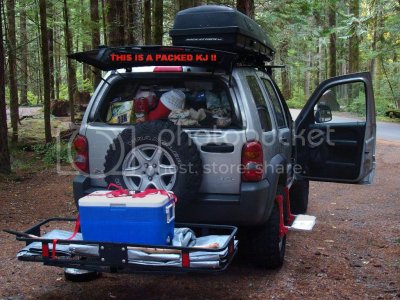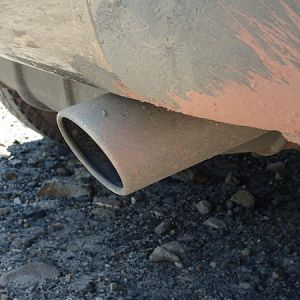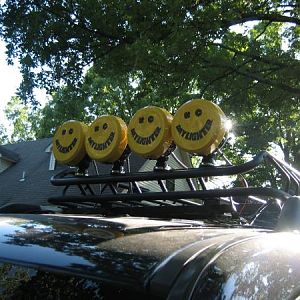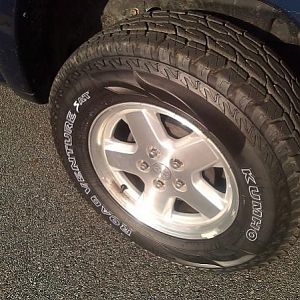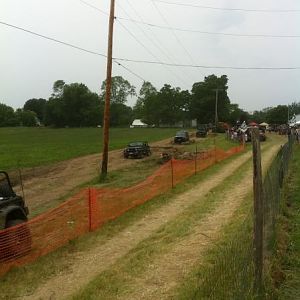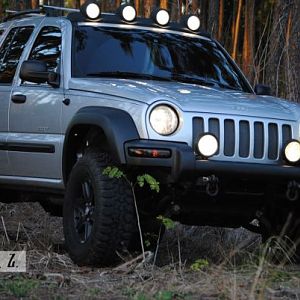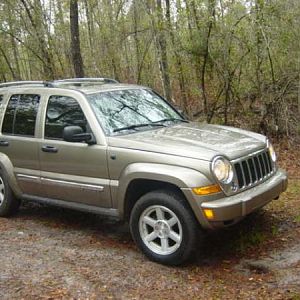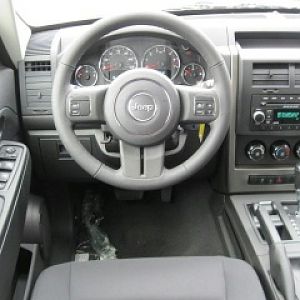It appears to be a device for injecting water / methonal into the intake side of the engine. The therories on how this helps your fuel economy have been around for years. I've seen them set up as simple "bubbler bottles" on older carburated engines - now it appears they have gone Hi-Tech.
Here are some of the claims from the past on how they "help" improve mileage.
1. They evaporating water mist in the intake helps cool the incoming air allowing it to be denser and contain more oxygen. More oxygen = better burn = better mileage.
2. For carburated engines, the water vapor was supposed to help atomize the fuel better. The point was usually made about how fuel would spread out around the circumfrance of the water droplets. This usually include a demonstration of how a couple drops of gasoline in a pan of water spread out over the surface of the water.
3. The water turns to steam in the cumbustion chamber, adding the additional power derived from the expansion that takes place during the process. This also helps "steam-clean" the cylinder/valves keeping the engine cleaner and more efficient.
This one is my favorite-
4. "Added" benifits could be attained by adding "Alcohol" to the water. This was supposed to help in lowering the tempurature (better evaporation), as well as providing an additional "fuel" to the mix.
Now, I'm not going to comment on the validity of any of these claims. I do know that when the octain levels of fuel dropped (gas crunch of the 70's for those not born yet) many people with the older higher compression engines of the 60's were using water injection as a way of preventing engine knock.
I too experimented with a "bubler bottle" as a way to help prevent vapor lock / knocking on a '69 Ford I owned. Living in Arizona, underhood temperatures can cause all sorts of problems. But, I had more success with a home-made cold air intake set-up.
Over the years I've seen all kinds of gadgets for fuel economy. One even had the fuel line "pre-heated" with the hot water from the heater hose in order to "expand" the gasoline and therfore make a gallon go farther, as well as atomize better. Can you imagine what that would do for vapor-lock?

p:
Anyway, the big problem now is that your engine is computer controlled. If changes in the air/fuel mixture are detected (thats what the O2 sensors do) the engine can re-adjust (de-tune) itself to perform as it was intended. I'ts even possible it may throw a check-engine light in the process.
The old adage still applies "Buyer Beware". It does seem that the stakes are higher now. In the old days these "gadgets" were usually around $75.00 to $100.00. But now with a tank of gas creaping towards that. the cost of saving fuel has gone up too...
TJKJ makes a good point also!


